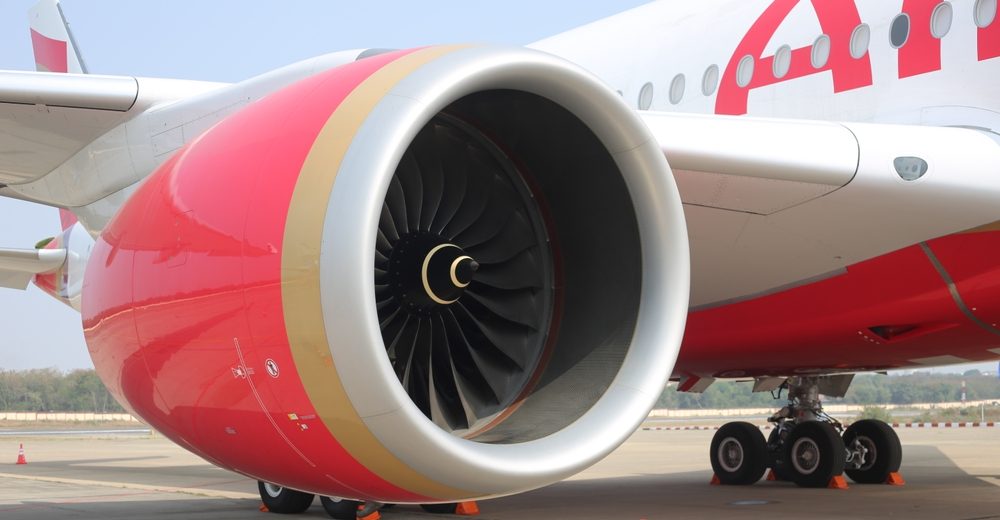Injury claims as a result of skydiving
Skydiving has become increasingly popular in recent years, particularly charity jumps by university students.
Like any extreme sport, skydiving carries risks and it is not for the faint hearted. A crucial element in its safety and in determining whether you have a claim if you are involved in an accident is the training afforded to you, particularly if you are a novice jumper.
There are currently around 28 British Skydiving Affiliated Parachute Training Organisations (PTOs) in the UK, all affiliated to skydiving’s national governing body, the British Parachute Association (BPA). All PTOs are required to provide training in accordance with the BPA’s regulations.
The risks of skydiving
The BPA publishes data that offers useful insight into the statistics behind skydiving accidents and can inform the uninitiated whether they wish to take part in a skydive.
Between 2016 and 2020, there were 1,357,671 skydives. Data taken from all levels of jumpers shows there was an injury rate of 0.5 per 1,000 jumps.
Although the risk of incurring an injury or even perishing in a skydive is relatively low, inevitably, any injury sustained during skydiving is likely to be significant and life-changing. It is therefore essential for the jumper to be aware of the risks.
Different methods of parachuting carry different risks. Tandem jumps have the lowest risk profile. This is largely due to the fact the jumper is not in control of what happens, as this is the role of the experienced instructor.
For static line jumps, the injury rate for novices is around four per 1,000 jumps. Here the jumper controls what happens on the descent and landing. The calibre of the training is crucial to ensuring the jumper can perform the jump safely.
In accelerated free jumps, the injury rate increases to approximately one per 200 jumps. The training for these jumps is similar to the training for a static line jump.
Data from a study by the French Parachuting Federation between 2010 and 2019 reveals that the risk of injury to novice skydivers was six times higher than experienced skydivers.
Why do skydiving accidents happen?
According to various studies, human error is the greatest contributor to skydiving accidents. Many accidents occur with a perfectly functioning parachute and arise due to poor decision-making by the jumper. This may or may not be down to the quality of the training provided.
The training a jumper receives is crucial in determining whether a claim can be made.
Skydiving Injury Claims – Can I claim?
There are several challenges to bringing a claim. Skydiving is an inherently risky sport. A defendant may attempt to argue that you have voluntarily accepted the risks involved, and therefore a claim cannot be brought. A defendant may also point to a waiver document you may have signed before participating in the jump in which you have essentially agreed to waive your right to bring a claim.
Such hurdles can be overcome with specialist aviation solicitors and the right evidence. Where failures in the training process or on the jump can be established, negligence is likely to be established.
Our team’s experience
Our Aviation team has experience in all aviation-related accidents both in the UK and around the world. We are the leading law firm in the UK for aviation accident claims, ranked number one in the UK by the legal directories and in the top five law firms worldwide specialising in this field.
If you have been involved in a skydiving accident and want to explore the possibility of a claim, please contact us.
-
Expertise
-
Experience
"Always responsive, always very clear, and they've been very quick in reacting and telling the client what the next step is. They are way ahead of everyone else; they've transformed the litigation market"
Chambers
"They are just top-rate; they are everything I would look for in lawyers - very responsive, extremely knowledgeable, and really care about their clients"
Chambers
"They are excellent - they offer a personal service, and I really felt that they had my best interest at heart. Also, they were efficient, and I was kept well informed of the progress of my case"
Chambers
Meet the Aviation team
Our team has unrivalled experience in dealing with aviation accident claims and aviation litigation.
We are ranked No.1 in the UK by Chambers and The Legal 500 and are one of the top five firms worldwide for aviation accident litigation.





